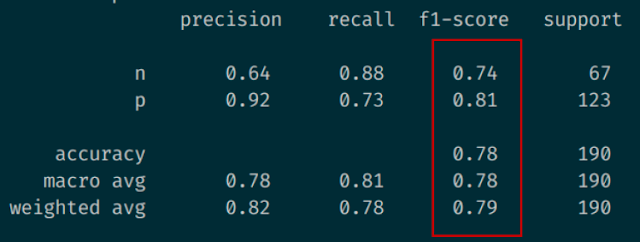Setidaknya ada tiga alasan kenapa seharusnya kita tidak membeli barang dari TEMU. Bahkan memboikotnya. Semurah apapun harga produknya, sebesar apapun diskonnnya.
1. Laporan DPR Amerika Serikat
Dalam laporan DPR AS, mereka melaporkan bahwa TEMU tidak memiliki complience untuk memenuhi Uyghur Forced Labor Prevention Act (UFLPA). UFLPA mencegah penggunaan tenaga kerja Uyghur tanpa bayaran (lihat alasan 3). Artinya, karena tidak memenuhi UFLPA, besar kemungkinan TEMU menjual barang yang berasal dari perusahaan yang tidak menggaji karyawannya (kerja paksa); karenanya harga barangnya menjadi murah sekali.
2. Laporan Seorang Teman Uyghur
Iklan TEMU yang betul-betul menggiurkan (Shops like billionaire!) membuat saya bertanya kepada seorang teman yang berasal dari Uyghur sebelum memutuskan membeli di TEMU. Saya bertanya kepada dia apakah benar TEMU tidak membayar pekerjanya (Orang Uyghur yang bekerja di perusahaan yang memproduksi barang dijual di TEMU). Jawabannya sangat mencengangkan, tidak hanya TEMU dari juga online shop yang lain menggunakan tenaga yang tidak dibayar; bahkan teman saya sendiri pernah mengalami bekerja tanpa di gaji. Tip singkatnya, jangan membeli barang yang country of origin nya dari China atau online shop dari China.
3. Laporan Pribadi
Karena massifnya promo Temu di Jepang, dan saya beberapa kali tergiur untuk membeli barang di Temu (harganya sangat murah sekali bahkan banyak yang gratis katanya), saya mengontak perwakilan mereka (Jepang) via messenger. Mereka tidak mau mengkonfirmasi kalau tidak comply dengan UFLPA; jadi saya asumsikan mereka, TEMU, benar-benar menggunakan tenaga saudara-saudara kita di Uyghur tanpa di bayar.




